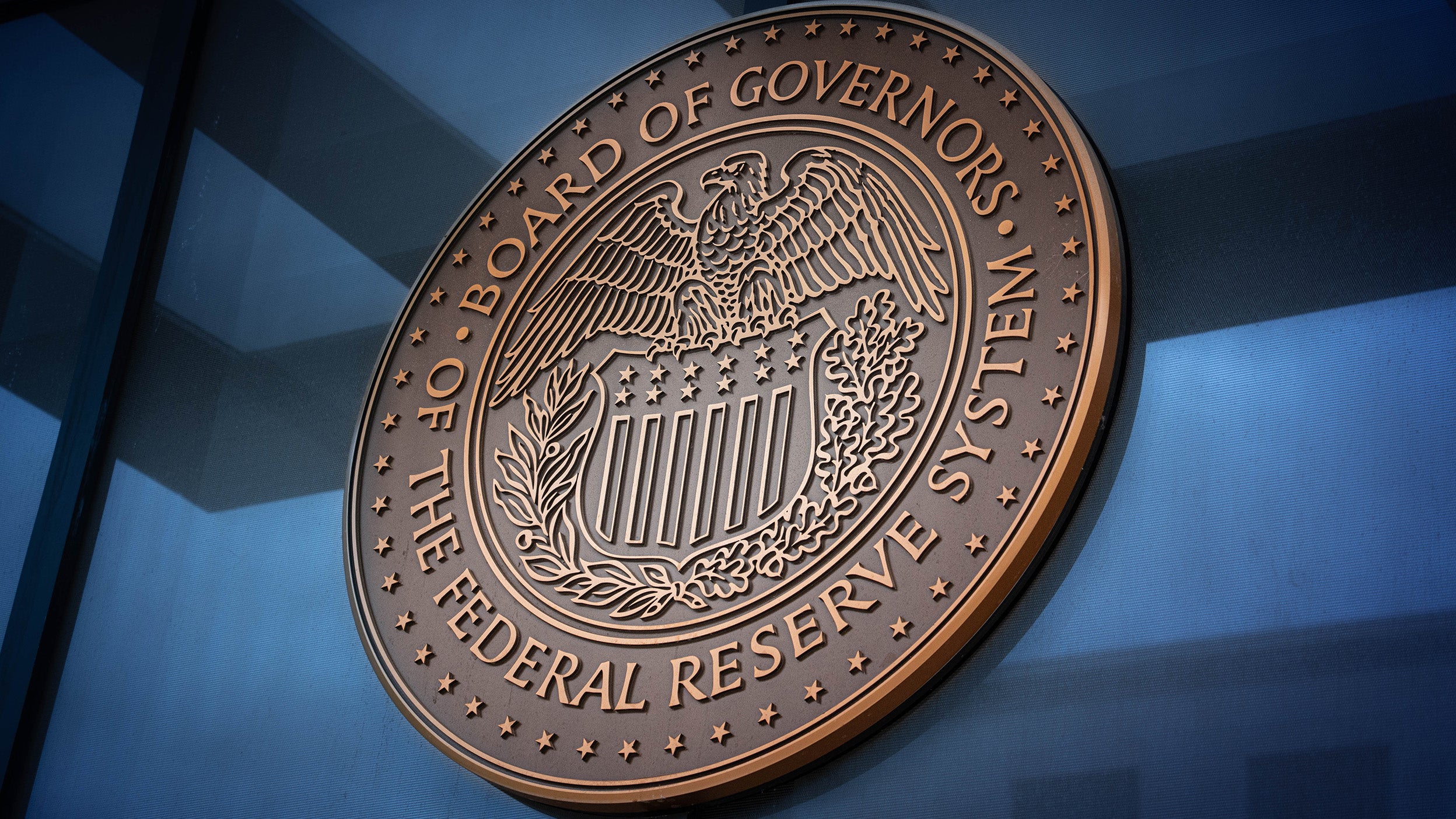
Markets and Economy Above the Noise: Rethinking 2025 narratives
In 2025, clear storylines on the Federal Reserve, AI stocks, and rates captivated us. But the numbers don’t always match the narratives.

A Purchasing Managers’ Index looks at economic trends in the manufacturing and service sectors.
S&P Global and the Institute of Supply Management are the two major PMI producers that US investors may know.
Each PMI seeks to represent manufacturing or services companies, which differ in fundamental ways.
How is the economy? It's a simple question with a potentially complicated answer that can be framed many different ways. Gross domestic product, inflation, employment, wage growth, and interest rates are all lenses through which to view the economy. There are others. But these indicators show where the economy has been, not where it's going. A Purchasing Managers’ Index (PMI), however, looks forward at the economic trends to expect.
Learn more about inflation and how it works
A Purchasing Managers’ Index looks at economic trends in the manufacturing and service sectors to understand their health. Business executives around the economy are surveyed monthly about key areas such as employment, output, prices charged, and the level of new orders.
Combined into a single number, this information can help indicate the direction of the broader economy and influence decisions by companies, central bankers, and investors. A PMI is measured from 0 to 100, with 50 showing no change compared to the prior month, and above or below 50 showing positive or negative change, respectively.
A Manufacturing PMI represents companies that produce goods in industries like automotive, clothing, and technology. A Services PMI gauges activity level in industries with a less tangible product, such as financial services, health care, and hospitality.
Because these sectors differ in fundamental ways, the business aspects each PMI seeks to represent differ somewhat as well. Both measure common metrics including new orders, employment, and prices paid, while some data points may be unique, such as customer inventories for manufacturing companies.
There is also a Composite PMI, which combines Manufacturing and Services into a single number for a holistic view.
There are two major producers of PMIs that US investors may be familiar with: S&P Global and the Institute of Supply Management (ISM). S&P Global produces PMIs for more than 40 countries, and the ISM focuses on PMIs for the US.
There are certain differences among the PMIs produced by ISM and S&P Global. For example, ISM takes a broader view of the services sector, including anything that’s not manufacturing as a service industry. Therefore, the ISM Services PMI includes some industries that S&P Global Services does not, such as mining, utilities, agriculture, forestry, fishing, and hunting.
Other organizations produce Purchasing Managers’ Indexes as well, such as China’s National Bureau of Statistics, which produces the China PMI.

In 2025, clear storylines on the Federal Reserve, AI stocks, and rates captivated us. But the numbers don’t always match the narratives.

For investors looking to diversify their mega-cap technology exposure, improving growth and falling interest rates may be good reasons.

A rate cut, which markets are pricing in despite Fed member differences, and an expected improving economy in 2026, could support stocks.
Important information
NA4742927
Image: Suriyapong Thongsawang / Getty
Gross domestic product is a broad indicator of a region’s economic activity, measuring the monetary value of all the finished goods and services produced in that region over a specified period of time.
This link takes you to a site not affiliated with Invesco. The site is for informational purposes only. Invesco does not guarantee nor take any responsibility for any of the content.